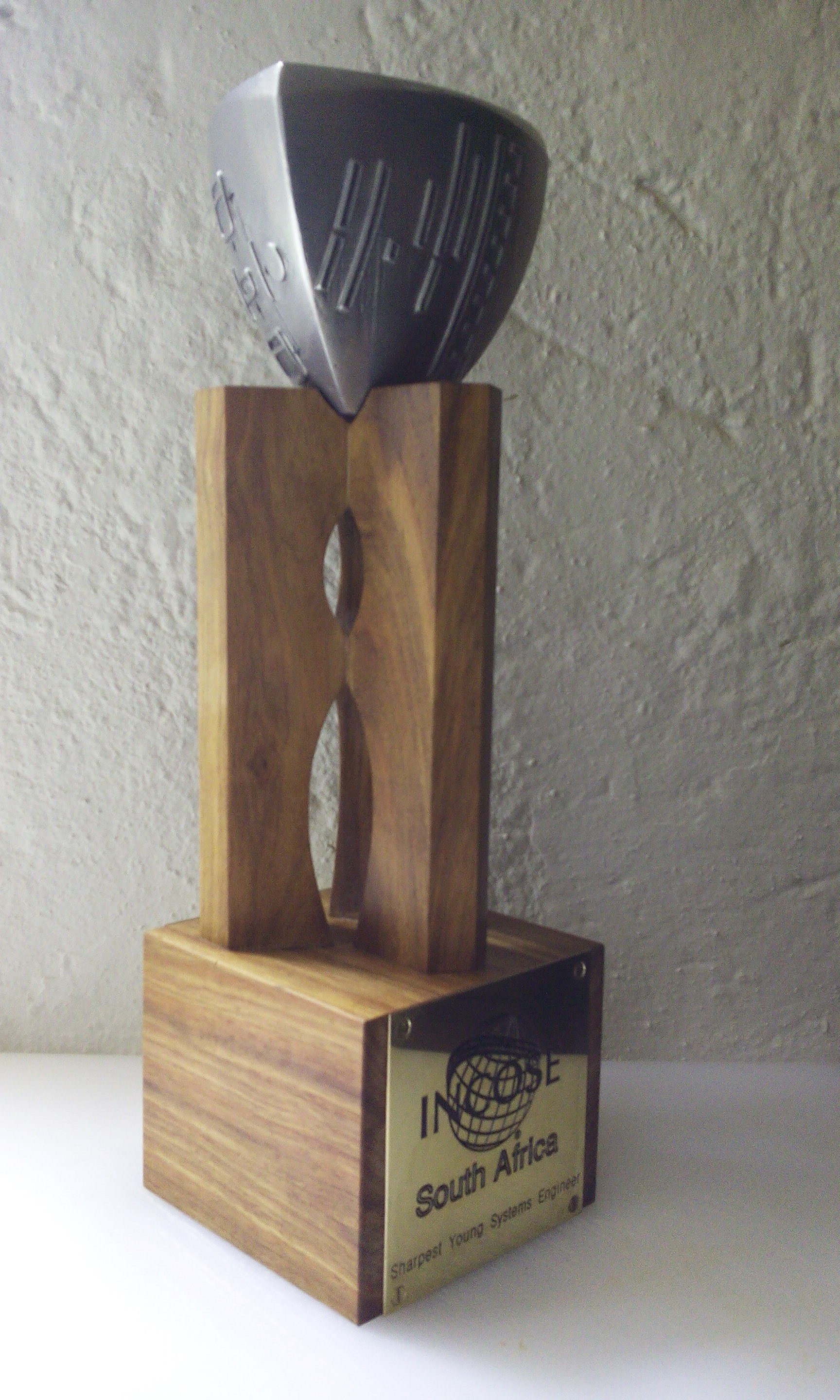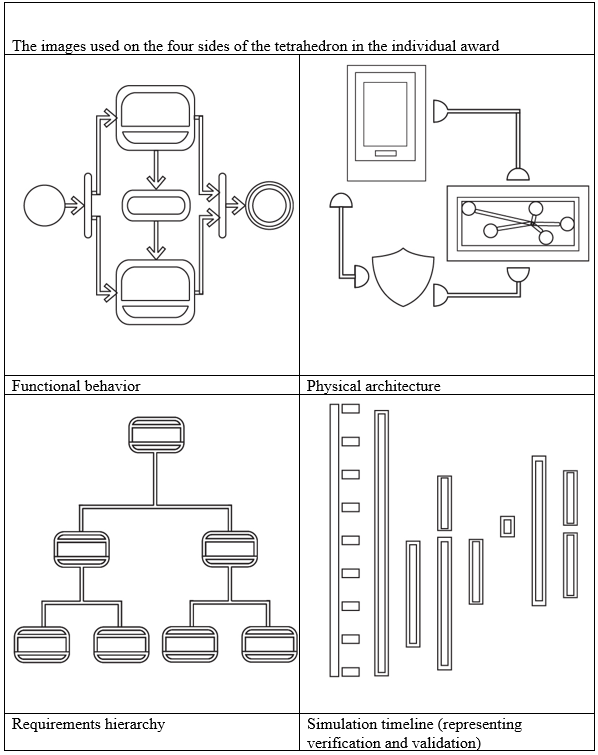Introduction
Recently I had the opportunity to visit South Africa. I attended the INCOSE South Africa Chapter’s Systems Engineering conference and also supported their Greatest Young Systems Engineers of the Year Challenge.
INCOSE South Africa Systems Engineering Conference
The INCOSE South Africa Systems Engineering Conference was held at the CSIR International Convention Center in Pretoria. The conference took place over three days and the program included parallel daily streams consisting of either tutorials or papers. At the beginning and end of each day a keynote presentation was given. Two notable keynotes for me were: “The Ebola Virus Disease in West Africa,” by Dr. Stefan Kruger, Medecins Sans Frontieres, which provided an incredible insight into the fight against Ebola Virus in West Africa during 2014 and 2015, and “How Hackers Cash in on Technical Debt,” by Dominic White, sensepost, which discussed and demonstrated how design and implementation choices lead to systems incurring technical debt that often does not get resolved, with the consequence that hackers are able to exploit those earlier choices.
I delivered a one-day “Introduction to Model-based Systems Engineering (MBSE)” tutorial, which was well received and had a good attendance. I was pleased to be able to attend Dr Louwrence Erasmus’ one-day tutorial on “Application of SEMBASE in System Engineering Management.” His tutorial was very insightful. Those attendees who attended both tutorials commented on how the two tutorials gave them different but complementary perspectives on systems engineering.
The conference provided a great insight into the state of the art of systems engineering in South Africa. I enjoyed many detailed and stimulating discussions on a wide variety of systems engineering topics.
INCOSE South Africa Greatest Young Systems Engineers of the Year Challenge
INCOSE South Africa organized the Greatest Young Systems Engineer of the Year Challenge to increase awareness of systems engineering in the graduate engineer community within South Africa. The challenge was open to teams of recently graduated engineers. The young engineers were given a problem to solve using model-based systems engineering. Letter 27’s Cobus Scannell acted as the “client” during the Challenge. In this role he held reviews of each team’s progress and model development.
The teams were given a business problem to solve through the application of advanced system engineering principles, including model-based techniques. The problem for the 2015 Challenge involved analyzing a problem and taking it through the exploratory research and concept stages. The final deliverable was a system design description created using a model-based systems engineering approach. To develop their models each team was given access to Vitech’s CORE™ University Edition. The students were not simply left to their own devices. At the start of the Challenge the teams were given two days of training on the “Principles of Systems Engineering.” Then Vitech’s partner and reseller in South Africa, Letter 27, provided two days of training on CORE for the teams.
At the end of the Challenge each team presented the system design description of their solutions and the associated model to panel of systems engineers. The panel included myself, Getnet Fanta, Riaan van der Watt, and was chaired by Dr. Erasmus. The teams produced very good solutions and well populated models. From a Vitech perspective it was great to see CORE University Edition being exercised in such comprehensive manner.
The winning Greatest Young Systems Engineers of the Year team was from Denel Dynamics (Elsabé Ebersohn, Jeff Joseph, Purusha Naidoo, and Yoshlyn Naidoo) and the Greatest Young Systems Engineer of the Year was named as Purusha Naidoo from Denel Dynamics.
The team and individual awards were spectacular. Ad Sparrius had designed the team award based upon a Marshall Island’s Stick Chart.

The team award designed by Ad Sparrius for the Greatest Young Systems Engineers Challenge
Alisa Farr, Letter 27, designed the individual’s award on the theme of MBSE. The four sides of the tetrahedron represent the four main elements in the MBSE methodology – requirements, behavior, physical architecture, and validation and verification. The sides show a requirements diagram, an enhanced functional flow block diagram, a physical hierarchy, and a simulation timeline.

The individual award designed by Alisa Farr, Letter 27, for the Greatest Young Systems Engineers Challenge

Thanks
Both professionally and personally I found my trip to South Africa to be very rewarding. The INCOSE South Africa conference organizing committee need to be congratulated on putting together an excellent conference program. The Greatest Young Systems Engineers of the Year Challenge organizers also need to be congratulated on organizing an excellent and stimulating event. To all of those who provided me with great hospitality and a very professional insight into systems engineering in South Africa today – Thank You!





